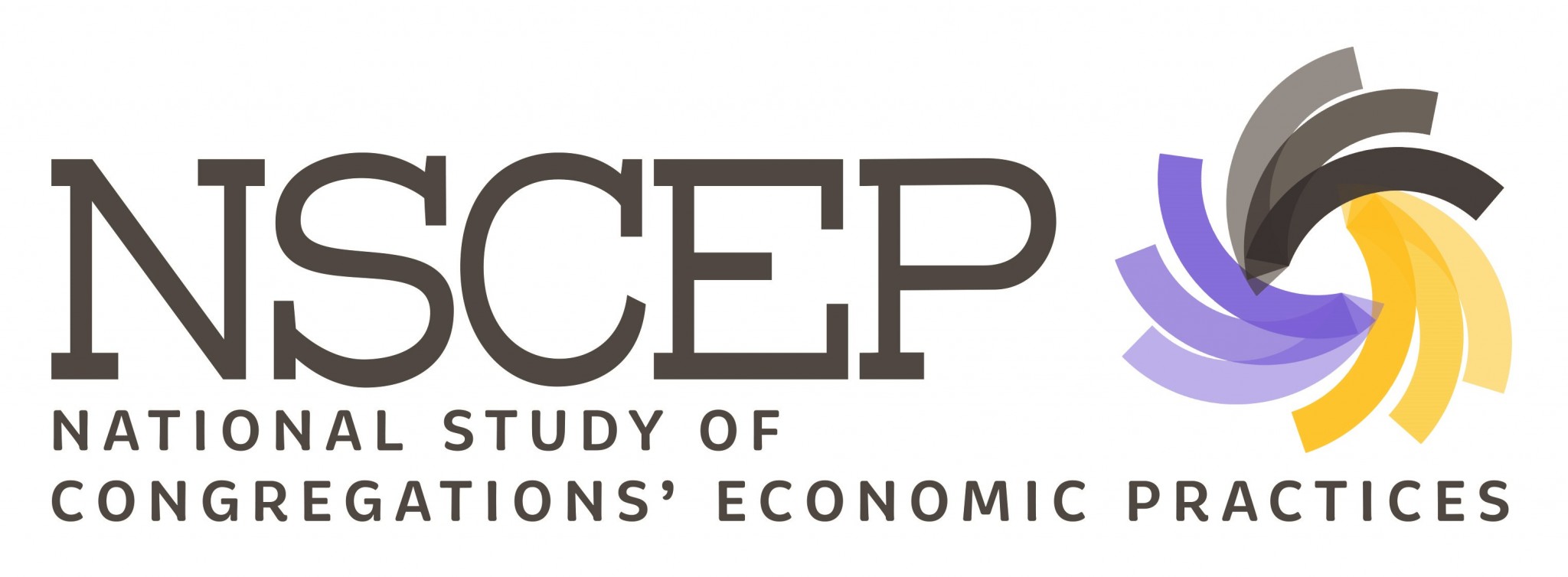- Home
- About Us
- The Team / Contact Us
- Books and Resources
- Privacy Policy
- Nonprofit Employer of Choice Award

 Most research on charitable giving, particularly faith-based giving, has focused on individuals (the givers) rather than institutions (the recipients of the giving). We can now provide an overview of how congregations receive, manage, and spend their financial resources. Delving underneath the numbers, we begin to show how congregations regard financial resources: how their theological, cultural, and practical orientations toward money relate to finances and economic practices.
Most research on charitable giving, particularly faith-based giving, has focused on individuals (the givers) rather than institutions (the recipients of the giving). We can now provide an overview of how congregations receive, manage, and spend their financial resources. Delving underneath the numbers, we begin to show how congregations regard financial resources: how their theological, cultural, and practical orientations toward money relate to finances and economic practices.
Congregations continue to receive the largest percentage of charitable giving in the U.S. – twenty-nine percent of all charitable dollars ($124.52 billion in 2018). Religious affiliation and religious attendance also remain strong predictors of individuals’ giving patterns. However, with declines in both religious affiliation and attendance, a smaller proportion of total charitable giving is going to congregations. Religious giving has decreased over the last thirty years from around 50% of total giving in the 1980s to just under 30% today. Over the past year religious giving experienced a decrease (-1.5%, -3.9% adjusted for inflation) for the first time since the Great Recession. Other factors affect giving to religion beyond changing affiliation and attendance patterns. An overall decrease in the percentage of households giving to charity, a drop in the number of tax filers itemizing charitable deductions due to recent tax reform legislation, and a strong but somewhat fluctuating economy have led to concerns regarding the future of giving in America broadly and giving to congregations in particular.
As both trends in charitable giving and religious affiliation are experiencing significant change, there is a need to examine the patterns among the largest recipient group of Americans’ charitable giving. As the most comprehensive, nationally representative study of congregational finances in over a generation, the National Study of Congregations’ Economic Practices (NSCEP) helps address this information gap.
The NSCEP provides an overview of congregations’ finances and finds that the experience of congregations and their economic practices is diverse and dynamic. They are also quite different from trends focused on individuals’ giving patterns and religious practice. For instance, despite declines in the percentage of Americans claiming a religious affiliation and membership in a congregation, a substantial percentage of congregations reported an increase in both attendance and giving. Thirty-nine percent of congregations reported having a greater number of regular participants than they did three years earlier. Even more congregations reported an increase in the total amount of money they received. Forty-eight percent of congregations indicated receiving more money than they did three years earlier.
Most congregations operate with modest financial resources. While not the only measures of vitality, trends in giving and attendance have remained as key concerns for congregational leaders. The NSCEP indicates the median number of adults that regularly participate in a congregation is 65 people; people; congregations range in participation size from 10 to 35,000 adults.
So, while a large proportion of religious attenders are involved in larger congregations, most congregations are relatively small. Given this fact, it is no surprise that while the amount of money congregations received from all sou sources in 2017 (revenue) ranged from $3,000 to $41,000,000, the median was approximately $169,000. Without a comprehensive list of congregations and absent the annual federal reporting requirement of most other nonprofits, there is no simple way of tracking congregational finances.
The National Study of Congregations’ Economic Practices is produced by Lake Institute on Faith & Giving Indiana University Lilly Family School of Philanthropy Funded by a grant from Lilly Endowment Inc. Authors include David P. King, Brad R. Fulton, Christopher W. Munn, Jamie L. Goodwin. Download the full report